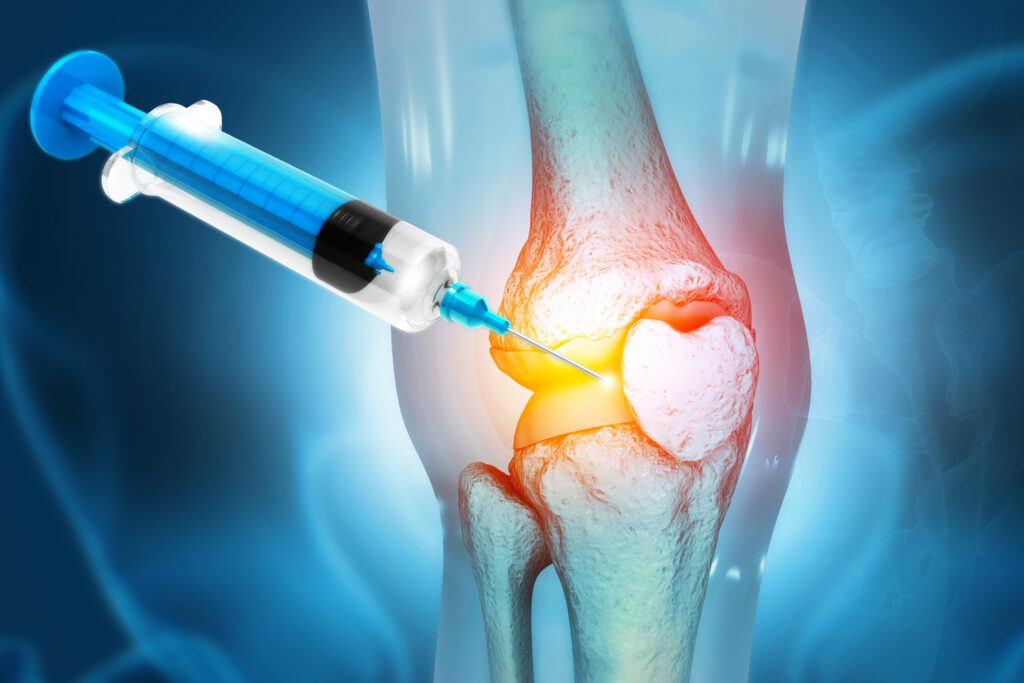Osteoarthritis (OA) is a prevalent and debilitating joint disease that poses a significant global health burden. Despite its widespread impact, there remains a lack of effective disease-modifying agents, prompting researchers to explore innovative therapeutic approaches. A promising area of investigation focuses on the infrapatellar fat pad (IFP), which contains a reservoir of mesenchymal stem/stromal cells (MSC). These cells, along with the adjacent synovium, play crucial roles in the inflammatory responses associated with joint diseases.
Recent research has highlighted the potential of IFP-MSC in the treatment of OA due to their immunomodulatory and regenerative properties. However, to fully harness their therapeutic efficacy, it is essential to understand how different growth media and specific inflammatory or hormonal priming conditions influence their behavior.
In a recent study, researchers isolated and expanded IFP-MSC using three distinct growth media: DMEM + 10% fetal bovine serum (FBS), DMEM + 10% human platelet lysate (HPL), and xeno-/serum-free synthetic (XFSF) medium. Following this, the MSC were subjected to an inflammatory/fibrotic cocktail (TIC), with or without the addition of oxytocin (OXT). This experimental design allowed for a comprehensive evaluation of various parameters, including growth kinetics, phenotype, immunomodulatory capacity, gene expression, and macrophage polarization capacity.
The findings revealed that the behavior of MSC varied significantly depending on the growth medium used. Notably, IFP-MSC cultured in HPL and XFSF exhibited superior growth kinetics and enhanced colony-forming abilities when compared to those cultured in FBS. Furthermore, both HPL and XFSF media significantly improved the expression of MSC markers, exceeding 90%, and augmented their immunomodulatory properties. Of particular interest was the observation that XFSF-conditioned IFP-MSC showed the highest capacity to attenuate the proliferation of peripheral blood mononuclear cells (PBMC), indicating a robust immunosuppressive ability.
The priming of MSC with TIC further enhanced their immunomodulatory functionality, leading to an increased suppression of PBMC proliferation. Gene expression analysis revealed distinct patterns between MSC induced with TIC alone and those additionally treated with OXT, highlighting the upregulation of genes associated with immunomodulatory and regenerative functions. Additionally, the TIC + OXT priming promoted M2 polarization in macrophages, suggesting a potential therapeutic strategy for immune-mediated inflammatory joint conditions, including OA.
These findings underscore the critical importance of both the growth medium and the inflammatory/hormonal priming conditions on the behavior and therapeutic potential of MSC. The study suggests that HPL and XFSF media are promising alternatives to FBS, facilitating enhanced MSC growth and immunomodulatory properties. Moreover, the novel approach of TIC + OXT priming may represent a significant advancement in augmenting MSC immunomodulation and promoting M2 polarization, offering valuable insights into potential therapeutic strategies for OA and other immune-mediated inflammatory conditions.
The research was conducted by a team of experts from the University of Miami, including Mahammad Gardashli, Max Baron, Philip Drohat, Daniel Quintero, Lee D Kaplan, Angela Szeto, Armando J Mendez, Thomas M Best, and Dimitrios Kouroupis. Their collaborative work paves the way for future studies aimed at unlocking the therapeutic potential of MSC in osteoarthritis and other inflammatory joint diseases.


